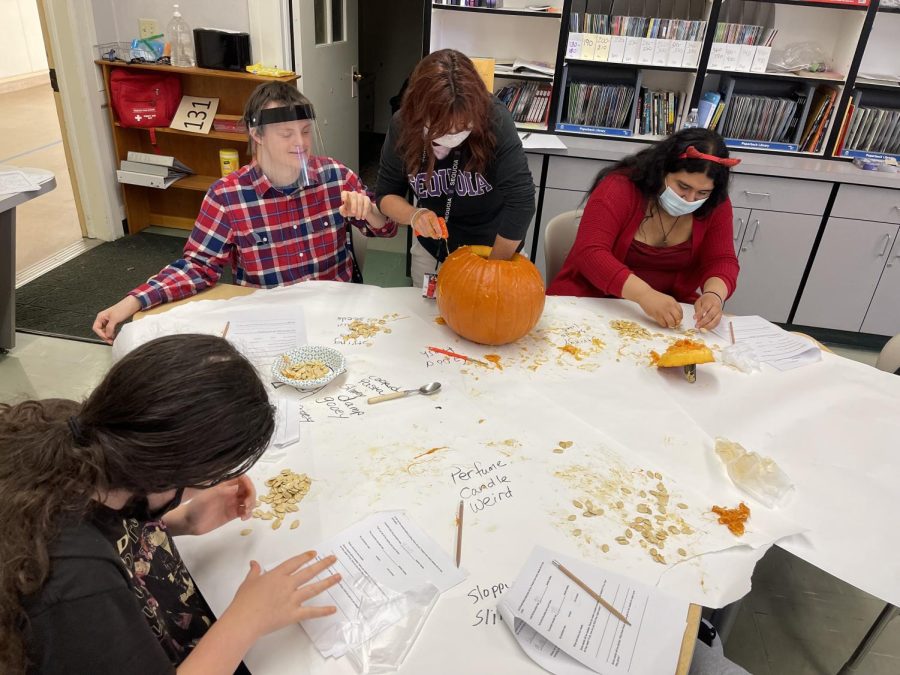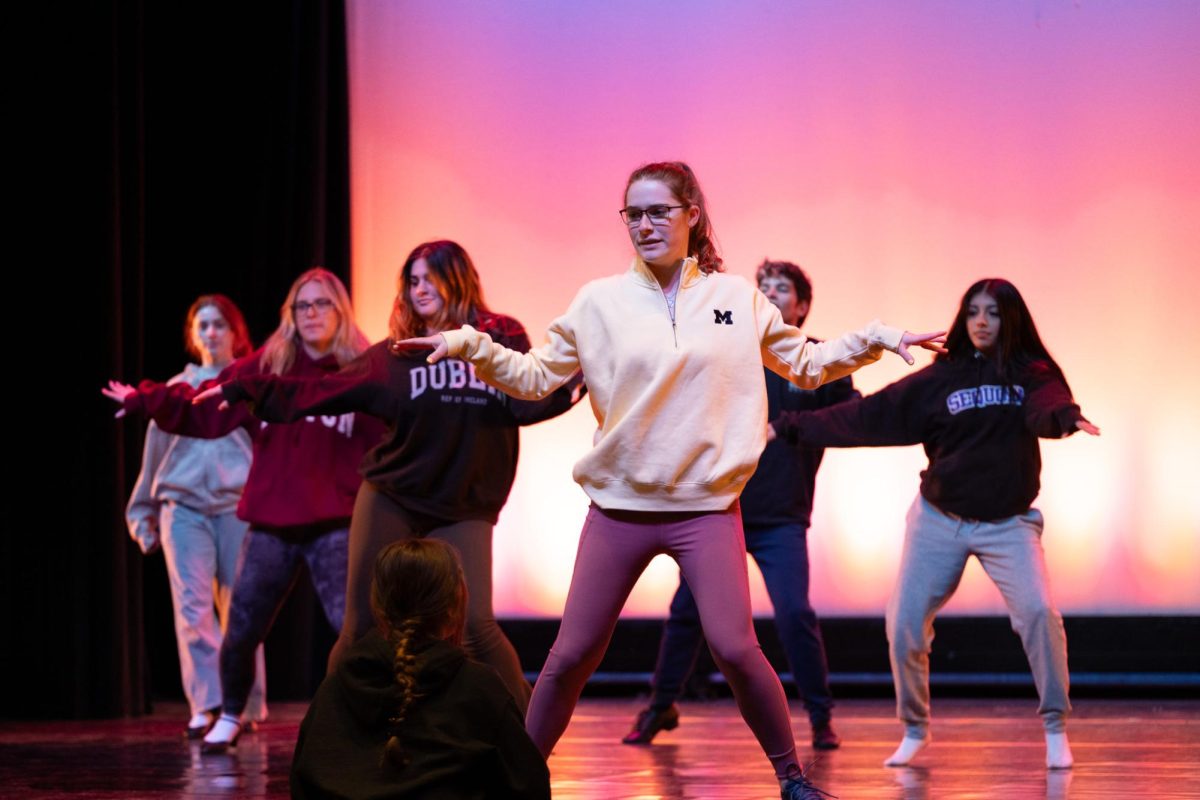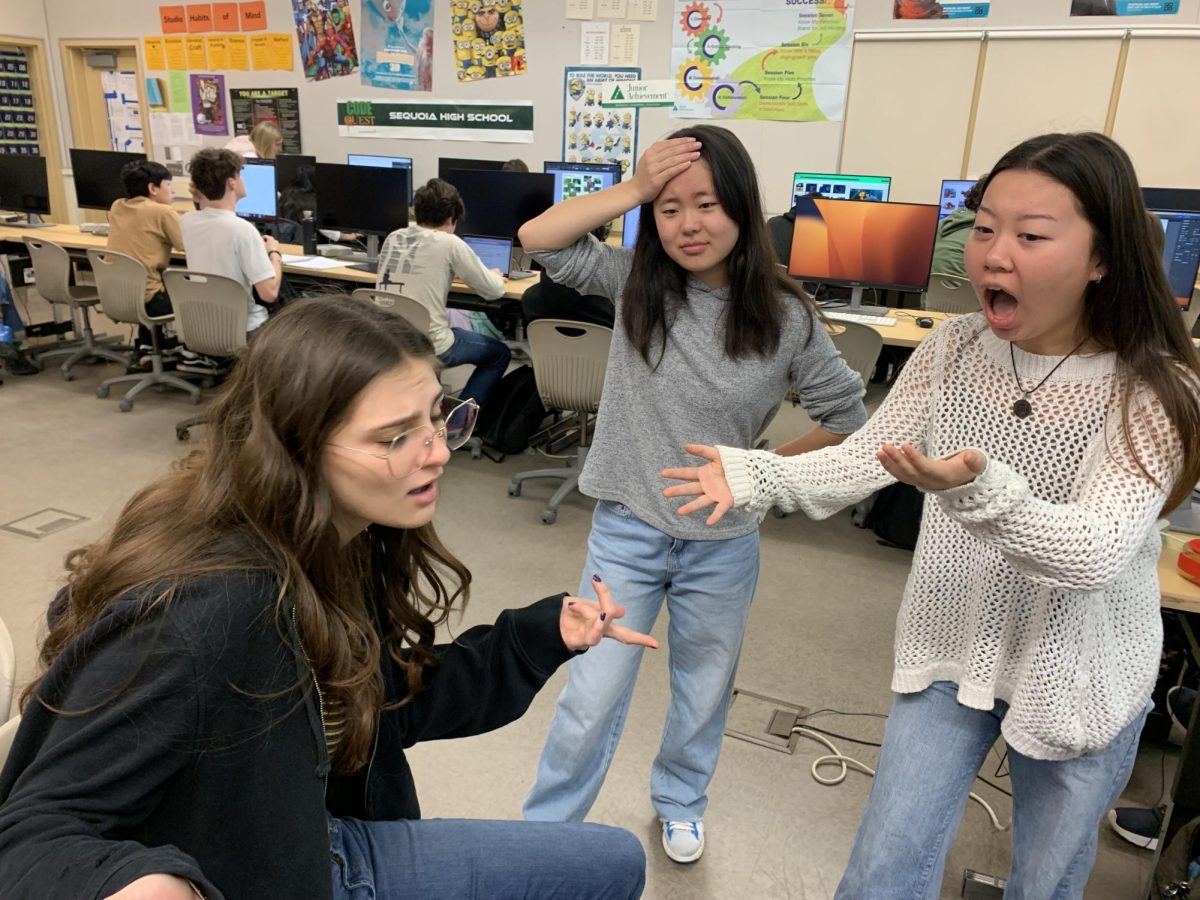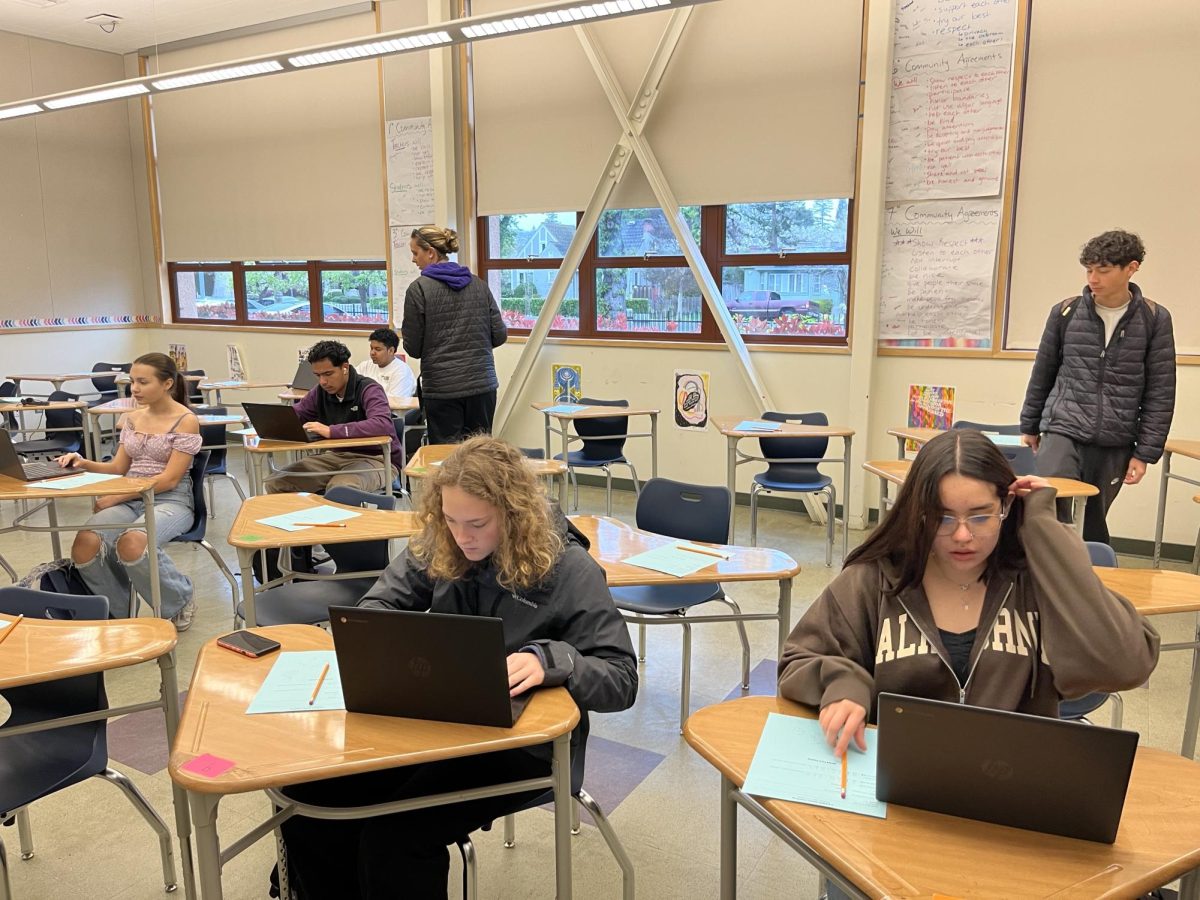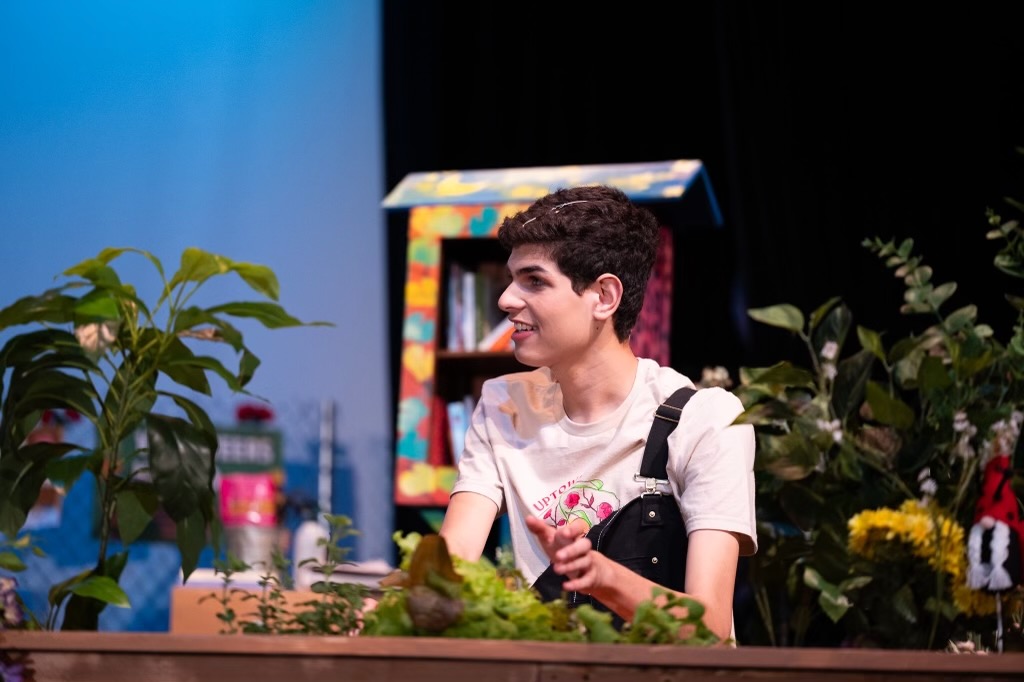Sequoia special education supports students
January 10, 2022
Special education programs in public schools have been around since the late ‘60s, a staple of public education. Sequoia is one of those schools, who offer support to over 290 students. The first federal law passed for students with mental and physical learning disabilities was IDEA (Individuals with Disabilities Education Act), passed in 1975 by Congress.
A school psychologist and teachers perform a series of tests to determine if students are eligible for the support of an IEP (Individualized Education Plan) based on documented intellectual and developmental disabilities. For every qualifying student, the IEP is written as a plan for the accommodations they can receive based on their learning differences.
“The core purpose of special ed programs is to allow students with disabilities to have equitable access to the school environment. So whatever that looks like for them, the purpose is to have an individualized plan that allows the student to make progress on their educational goals, their post secondary goals, mental health goals,” Kimberly Zilles said, a special education teacher and department chair at Sequoia.
Some accommodations under an IEP can include more time allotted on tests, taking the test in a different room or in their weekly study skills class and many others. Instructional Vice Principal Kristen Stout emphasizes that accommodations are not meant to have students do less work, but the same amount of work with appropriate support.
“It’s important to say it’s not modifying the curriculum in any way. It’s just giving them additional support to access it. So it’s not saying ‘they only need to do half the assignments,’ that would be modifying what they’re doing. It’s creating different ways to have access and success with the curriculum,” Stout said.
Special education at Sequoia encompasses many aspects. There are accommodations provided in place for students that attend general education classes, as well as larger specialized classes with all special education students. In larger classes, there are Ed specialists certified to work with students with disabilities and teacher aides.
Some other programs on campus is the STARS program (Students Transitioning with Appropriate Resources), which encompasses smaller classes and access to counseling like mental health counseling. There is also the ILS program (Independent Living Skills) which has two classes for students with moderate to severe cognitive or physical disabilities, helping them to earn a certificate of completion from high school.
Senior Ricardo Ojeda is in an ILS class consisting of students with moderate disabilities, and he says he enjoys school as a result of the program.
“I’m enjoying school because it’s good to learn about new things. And I’m not stressed about it because I have been bored a lot at home and I like school because I wanted to learn everything,” Ojeda said. “It has supported me with education, learning new things [and becoming] independent.”
Senior Melia OCampo is also in the same class. She feels that the program has adequately supported her, and she also enjoys class.
“[I am getting help] from the teacher, and the teacher’s aides. I like the class,” OCampo said.
For many students, general education does not provide them enough support to reach their goals. Through tailored instruction in special education classrooms, they are able to thrive and achieve more.
“[The] benefits are more students graduating from high school, being A to G eligible, getting into four year colleges and really achieving their goals after high school,” Stout said.
Senior Yvonne Vasquez has found the special education classes to be helpful in developing useful skills, such as listening and social skills.
“[We do] math and socials [in class],” Vasquez said. “I’ve been listening more.”
In daily classes, students also work on life skills such as shopping, math budgeting and life science.
“We have math, shopping,” OCampo said.
Special education teacher Bianka Nessler had been growing pumpkins with her class to show the students plant life cycles.
“So maybe that’s something, is real life science. They learned all about pumpkins, and then they were growing our own pumpkins,” Nessler said. “The students also had to measure and weigh pumpkins, as well as count seeds and write about their observations.”
Alongside what is taught in the classroom, the program also helps students find jobs, and supports any post-secondary goals they may have. There are programs, such as TRACE (Transition Resources for Adult Community Education) in Sequoia Union High School District that gives students ages 18 to 22 job and life training for independent living, strengthening the transition between high school and adult life.
“To help, they give jobs to support you and help you learn many techniques, learn as much as you can,” Ojeda said.
After high school, there are many different paths students end up taking, which the special education program supports with individualized assistance. Special education teacher Kimberly Zilles has watched many of her students achieve academic success, and as a teacher she also loves how the program allows teachers to see growth in their students.
“I have numerous students that I’ve had throughout the years who have transitioned to our local community colleges … They’re pursuing their various kinds of associate degree areas of interest and thinking about transferring to a four year. I also have students who have gone straight to a four year college,” Zilles said. “I think the really beautiful thing about special education is that because it’s so individualized, we get to know students on a more personal level… it’s really just capturing that learning journey.”
Apart from the school programs, the Best Buddies Club at Sequoia is also committed to helping special education students. The club has meetings every Tuesday at lunch in Rebecca Goodwin’s classroom.
“We’re a club that matches students in a buddy pair with students with intellectual and developmental disabilities… You’re matched with a buddy and create a one to one friendship throughout the year,” senior Caitlin Sorensen said, chapter president of Sequoia’s Best Buddies club.
The Sequoia club is just one of many around the nation, and the Best Buddies organization even has a global reach.
“Best Buddies is a [worldwide] organization… they also focus on jobs, or helping people with intellectual and developmental disabilities go out into the workforce. The whole goal of the organization is to create more of an inclusive society,” Sorensen said.
Another thing the club hopes to accomplish is combating ableism. According to the Center for Disability Rights, ableism is a set of beliefs or practices that devalue and discriminate against people with physical, intellectual or psychiatric disabilities.
“Any sort of effort that anybody can put into the club is just one step closer to creating a more inclusive Sequoia campus where we combat ableism and at the same time, work to make sure that everybody feels that they’re a part of the Sequoia community,” Sorensen said.
In hand with combating ableism at school, it is important to always be mindful of learning differences, not only with special education but all students at Sequoia.
“I think it’s important for students not to make assumptions. It may take a student longer to process something or they may have difficulty memorizing or writing, but at this same time this student might also have really strong academic abilities in other ways. So I think it’s important not to make assumptions and to understand that everyone has learning differences,” Stout said.

